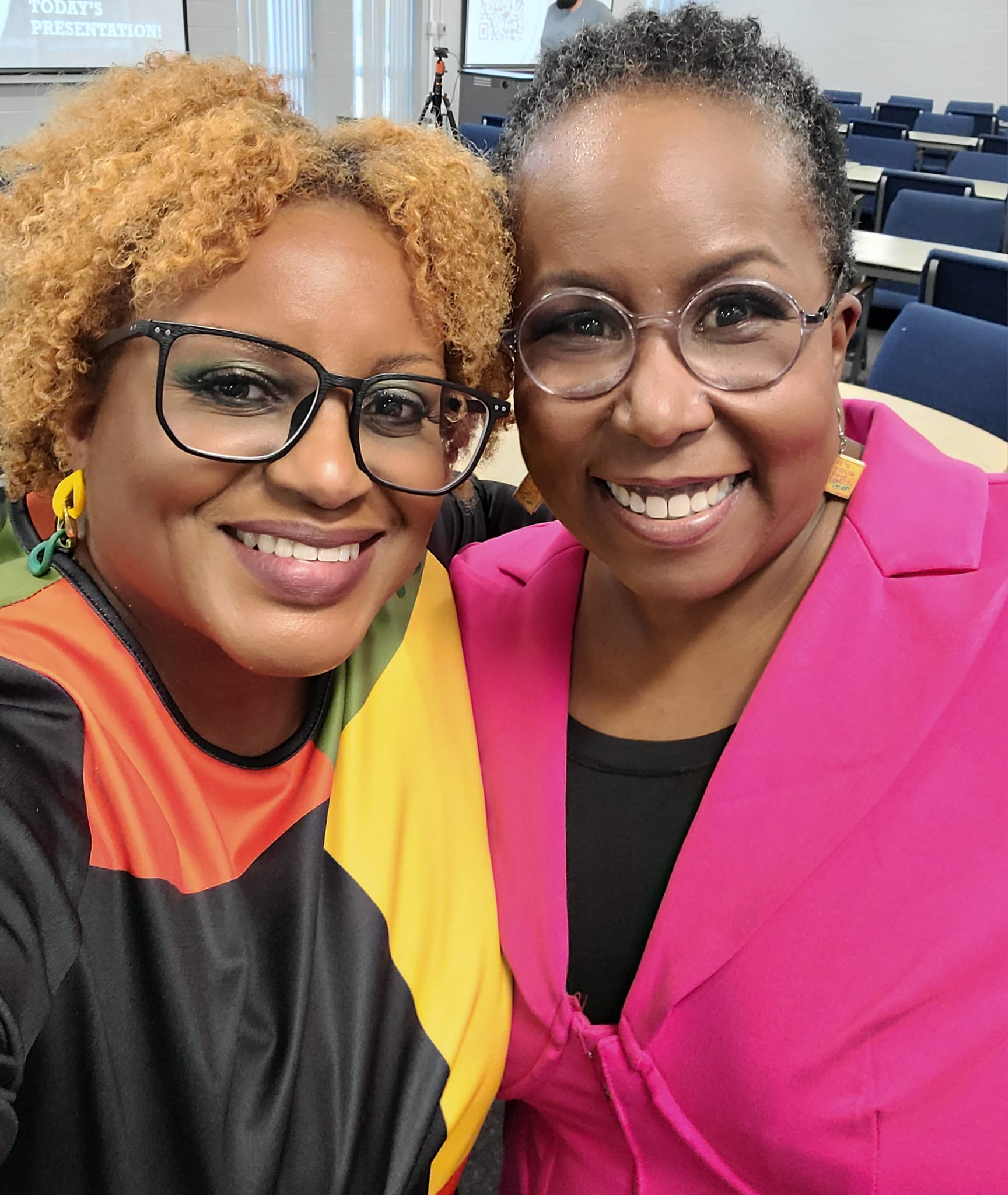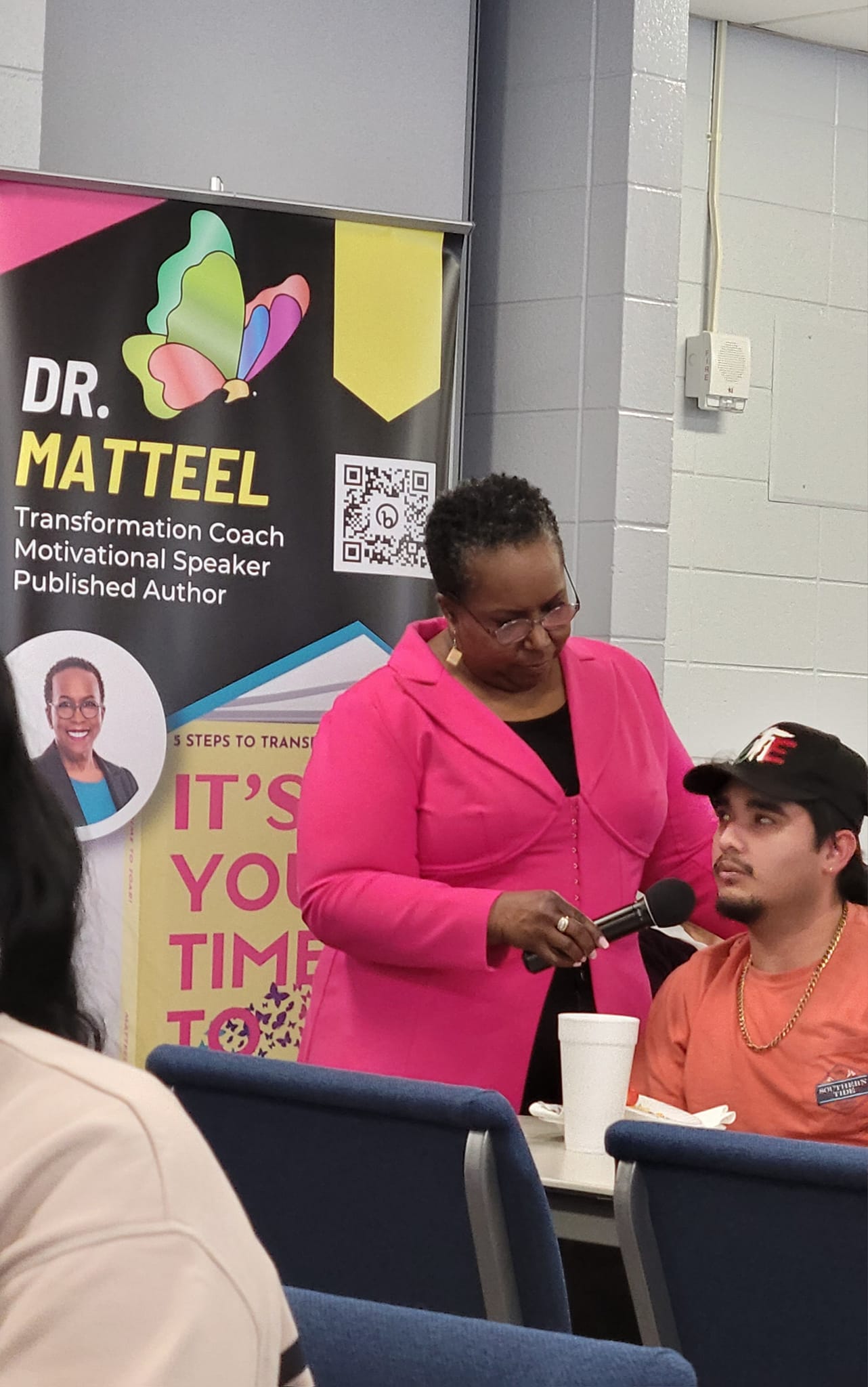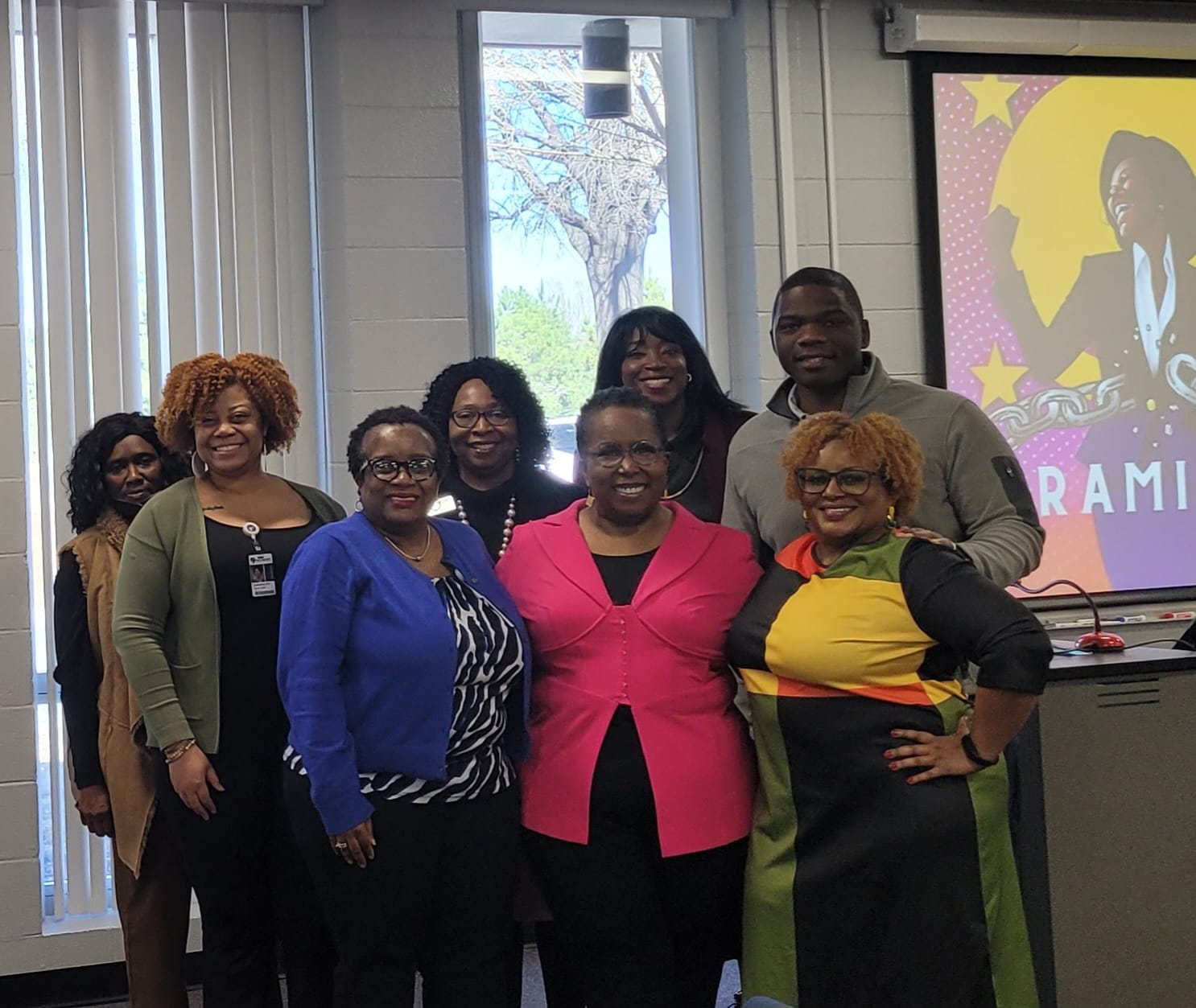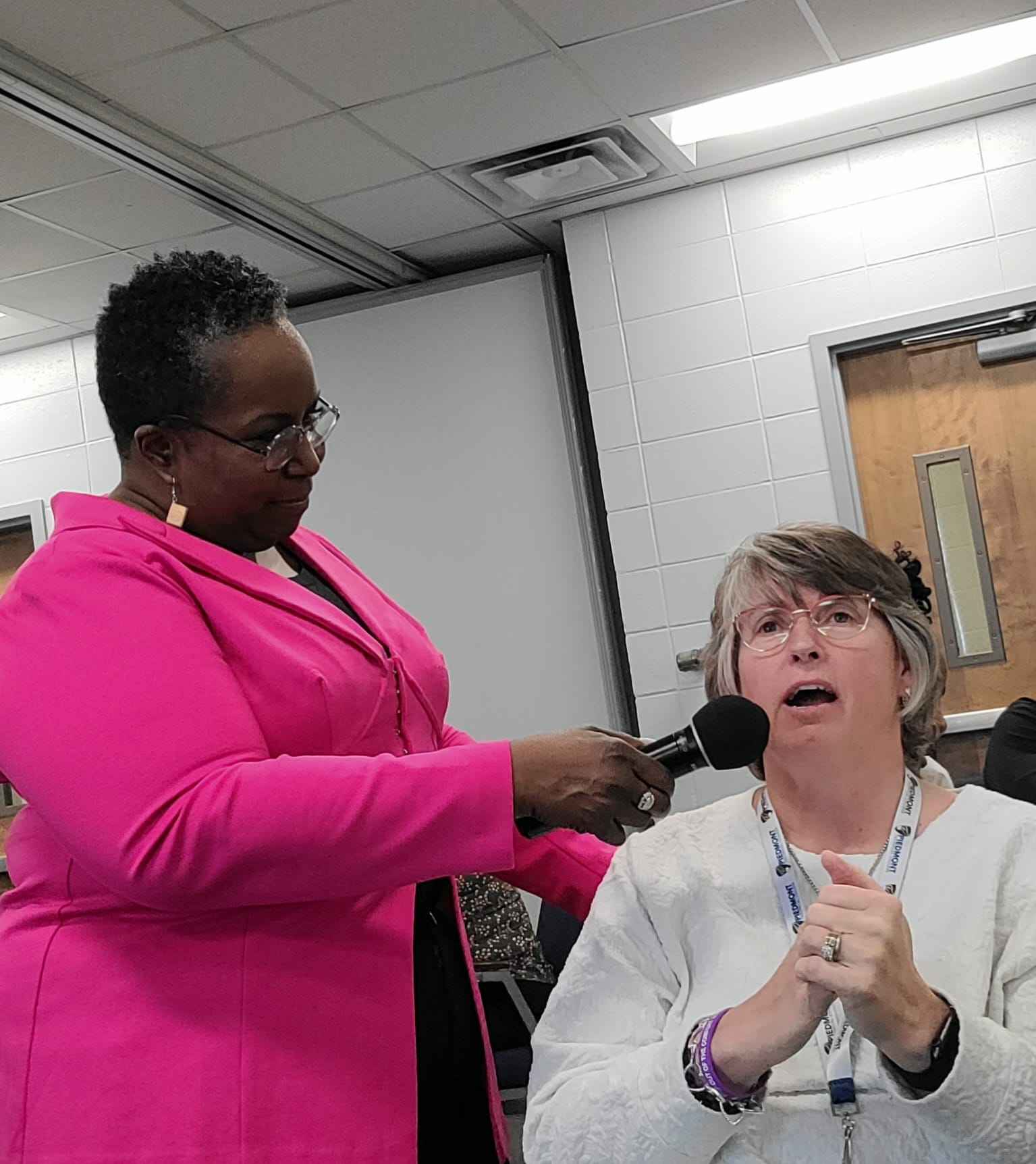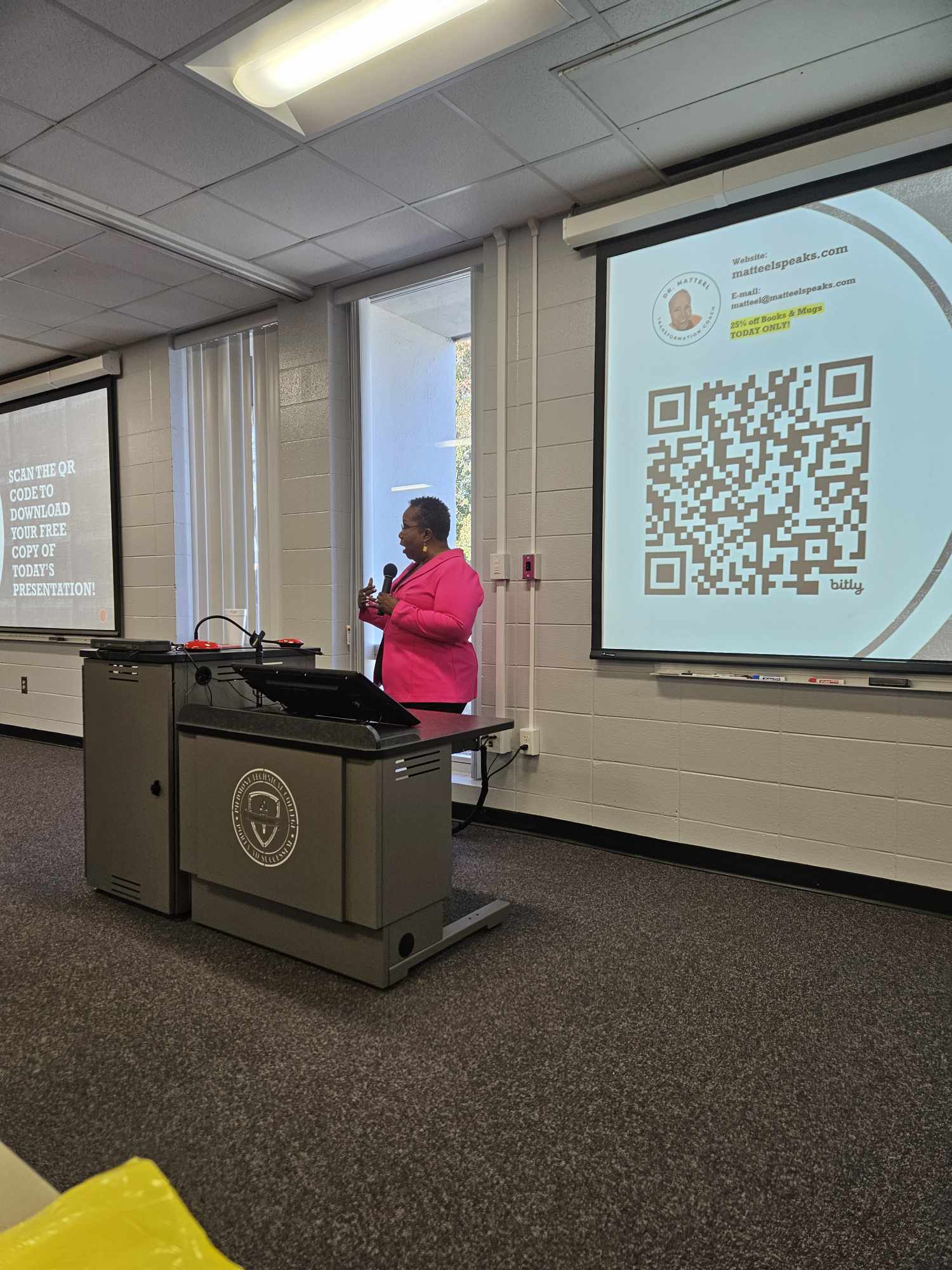Harriett Tubman's legacy perseveres at Piedmont Technical College
Dr. Matteel Knowles, a former Piedmont Technical College (PTC) admissions director, current vice president for student services at Greenville Technical College, and celebrated motivational speaker, gave a presentation on the enduring legacy of Harriett Tubman at the college’s recent Black History Month Unity Feast in Greenwood.
If Tubman were alive today, and perhaps even a student at PTC, there is no question she would be an outspoken PTC Presidential Ambassador and familiar face at county council, chamber of commerce, and other civic gatherings. She was all about bringing communities together.
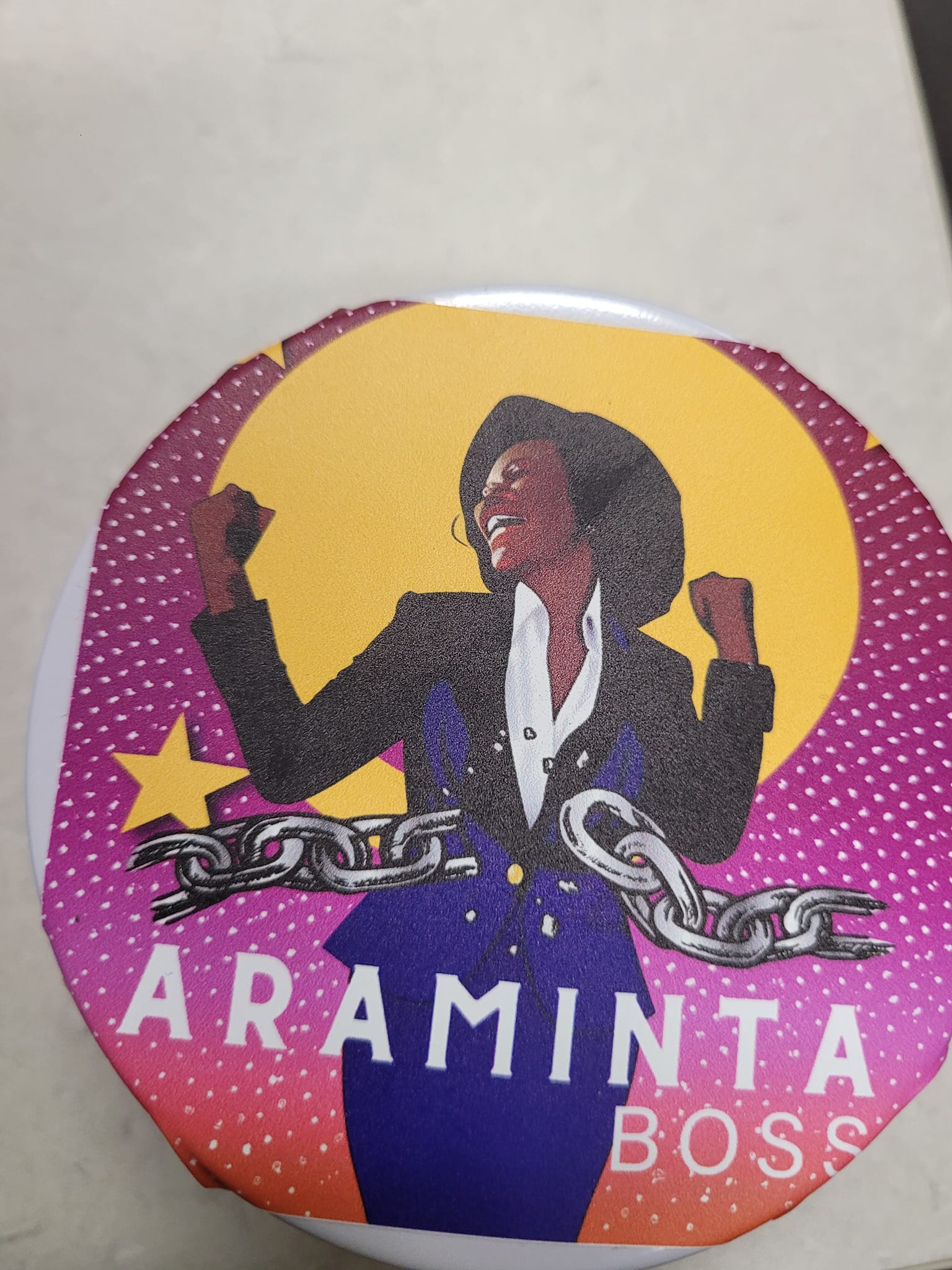
Knowles noted that Tubman was born around 1822 into slavery and grew up with her given name, Araminta Ross. She changed it to Harriett Tubman after marrying John Tubman. At the age of 27, Tubman decided to escape slavery, but her husband refused to go. Undeterred, she set out to find freedom on her own.
“Her defiance was just the beginning. She learned how to read the stars and navigate in the woods. She followed the North Star,” Knowles said. “Think of the level of bravery that she had. She had to travel at night, through swamps and other dangerous terrains, all while people were searching for her.”
Tubman’s ideals more than a century ago mirrored many of the college’s core values today. That alone is testament to her legacy. She embodied leadership, integrity, inclusivity, community, and collaboration, to name just a few. Those attending the Unity Feast learned much about the life of the famed “Conductor of the Underground Railroad.”
After an exhausting, 90-mile journey, Tubman finally arrived in Philadelphia, where she had her first taste of freedom. Still, she did not rest. Tubman vowed to return to the South and liberate others.
“She was a strategic planner,” Knowles noted. “And she had allies. … Everything we achieve in life, we don’t do it alone.” Tubman was successful because she nurtured relationships with allies and meticulously planned trips, using different routes to evade capture.
“Tubman was a collaborator. She worked across racial lines. She learned to trust other people — and not just those who looked like her,” Knowles explained. She worked with African Americans but also with indigenous groups, as well as community and religious leaders. That is how she built community.
“Collaboration divides the task and multiplies the success,” Knowles added.
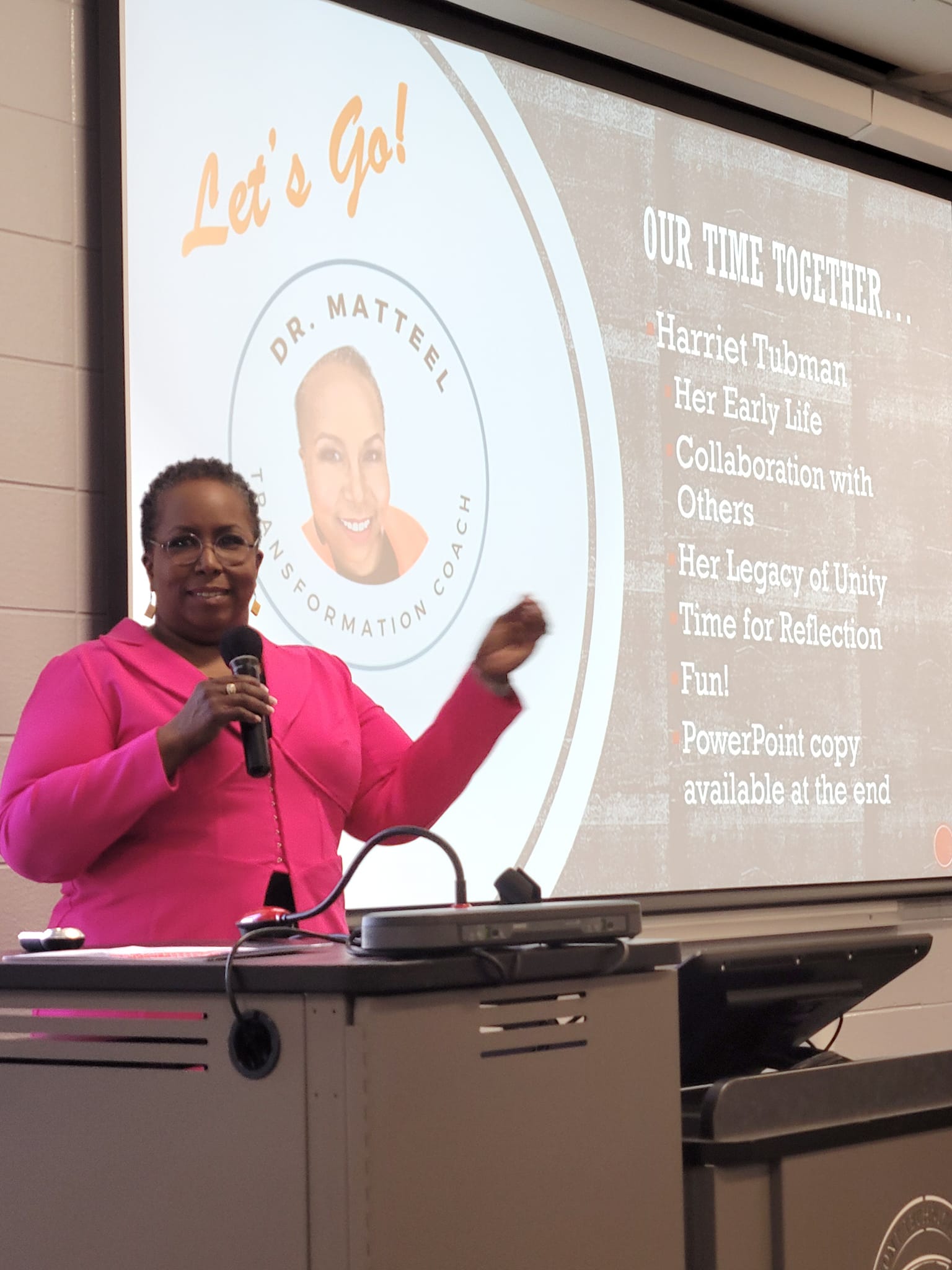
In all, Tubman undertook 13 missions back to the South and liberated 70 slaves, who followed her north to freedom. The entire time, she was never caught and never lost a traveler on the Underground Railroad.
Student Lamaur Anderson, who had done some of his own research, raised his hand to augment those statistics. “She covered over 1,170 miles on foot in total during her journeys,” he said. The room hummed in acknowledgement.
In the end, what was Tubman’s legacy? Knowles noted that Tubman always advocated for the marginalized. She urged respect for all individuals. She demonstrated the collective benefits of collaboration. She reached beyond her comfort zone to advance an agenda of unity and humanity for all. She also inspired others by her example.
“I think she taught us that you have to have the courage to start,” said Tanasha Philson Amaker, an enrollment services support coordinator at PTC, “… because your courage can spawn someone else’s courage.”
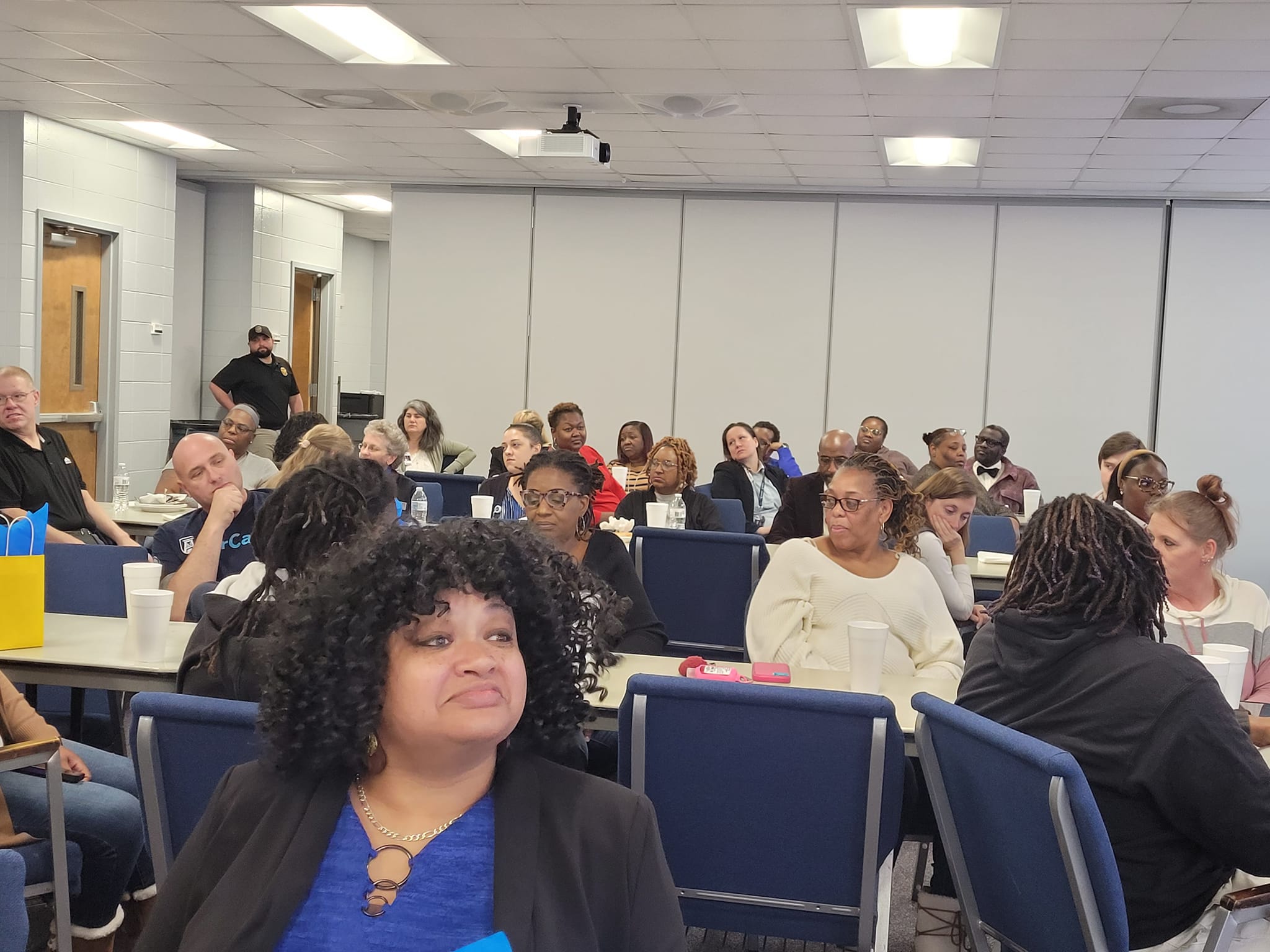
In the spirit of Tubman, PTC nurtures relationships and partnerships of all sorts. Its leadership and allies are helping students who might not have the opportunity to get an education, which surely is a path toward personal and financial freedom.
“It is 2024, and we are talking about a lady who was born in 1822. … A lot of what she did is what we are doing as educators,” Knowles concluded. “We all have the ability to leave a legacy.”
